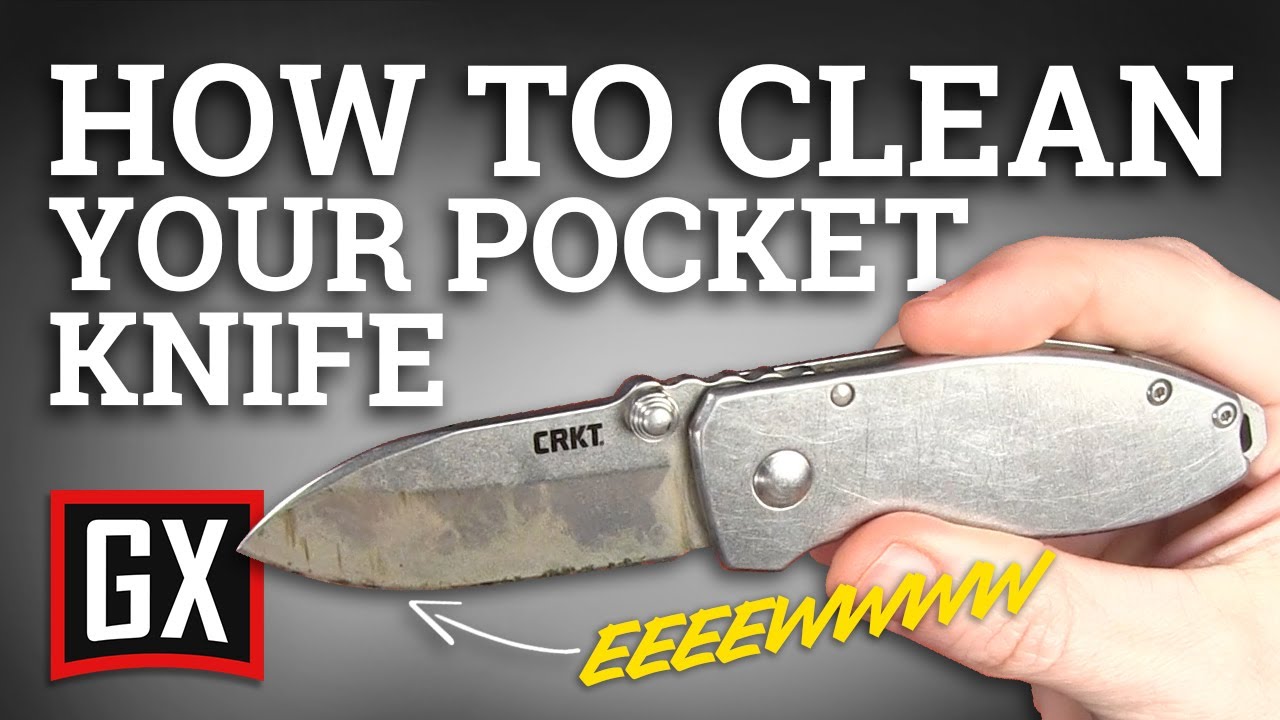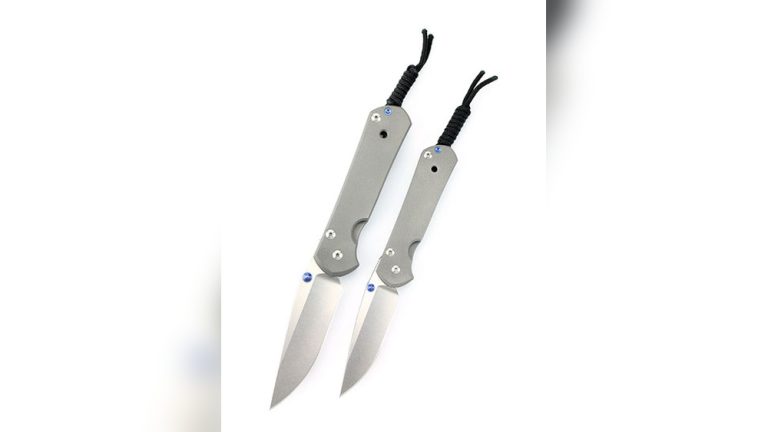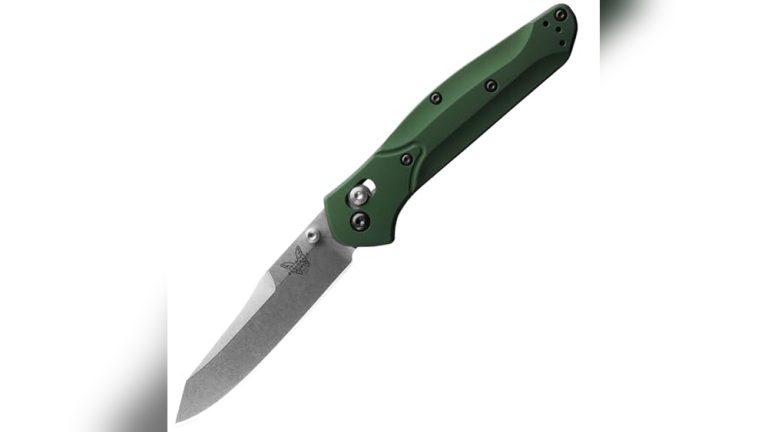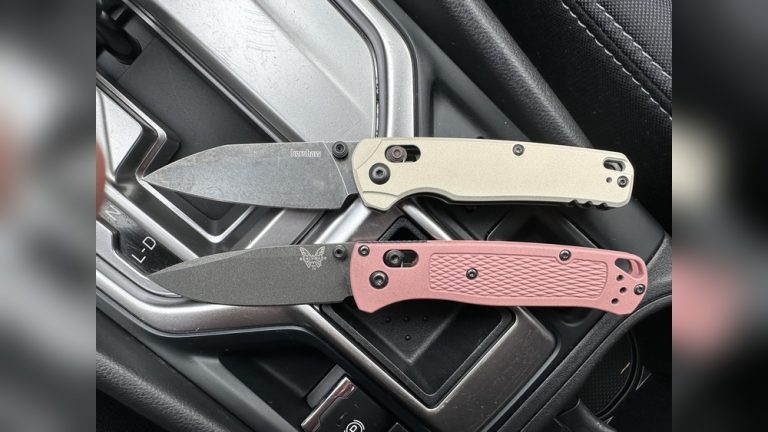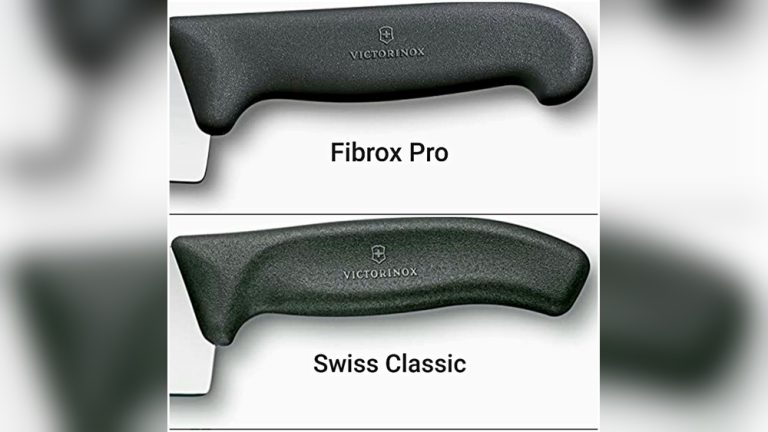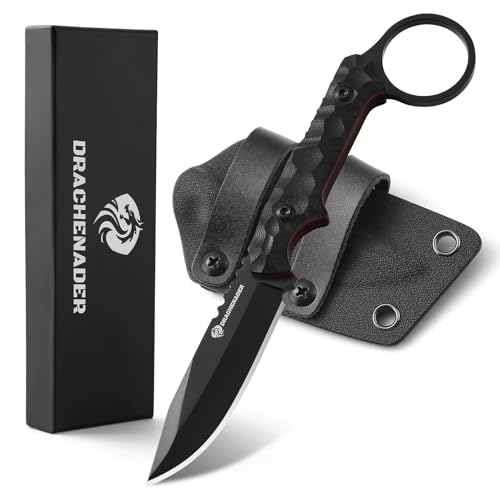How to Clean a Folding Knife: Expert Tips for Sharp Results
Cleaning a folding knife keeps it in top shape. It also ensures safety.
A well-maintained folding knife lasts longer and performs better. Dirt, rust, and debris can damage your knife and make it dangerous to use. Regular cleaning prevents these issues. Whether you use your knife for outdoor adventures, cooking, or everyday tasks, keeping it clean is crucial.
This guide will show you how to clean your folding knife properly. With simple steps, you can maintain your knife’s sharpness and functionality. Let’s dive into the process and make sure your folding knife stays in excellent condition.
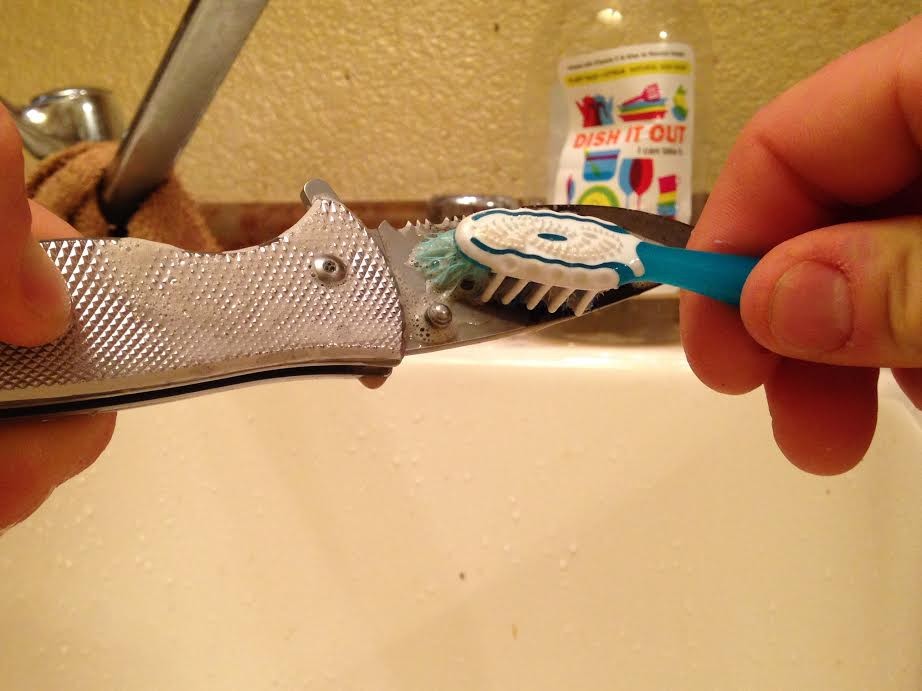
Credit: www.outdoorgearlab.com
Gathering Supplies
Cleaning a folding knife might seem daunting, but it is simple. Begin by gathering the right supplies. Having the correct tools and cleaning agents makes the process smooth. Below, we will discuss the essential cleaning tools and recommended cleaning agents.
Essential Cleaning Tools
To clean your folding knife effectively, you need the following tools:
- Soft Cloths: Use these for wiping down surfaces and drying the knife.
- Small Brushes: Ideal for getting into tight spots and removing dirt.
- Toothpicks: These help in dislodging debris from small crevices.
- Q-tips: Great for applying cleaning agents and reaching small areas.
- Microfiber Cloth: Essential for the final wipe to avoid scratches.
Recommended Cleaning Agents
Here are some cleaning agents that are perfect for cleaning your folding knife:
| Cleaning Agent | Purpose |
|---|---|
| Rubbing Alcohol | Disinfects and removes grime. |
| Mild Dish Soap | Effective for cutting through grease and dirt. |
| WD-40 | Lubricates moving parts and prevents rust. |
| Knife Oil | Maintains the blade’s sharpness and prevents corrosion. |
With these supplies ready, you can start cleaning your folding knife efficiently. Ensure each tool and agent is used appropriately for the best results.
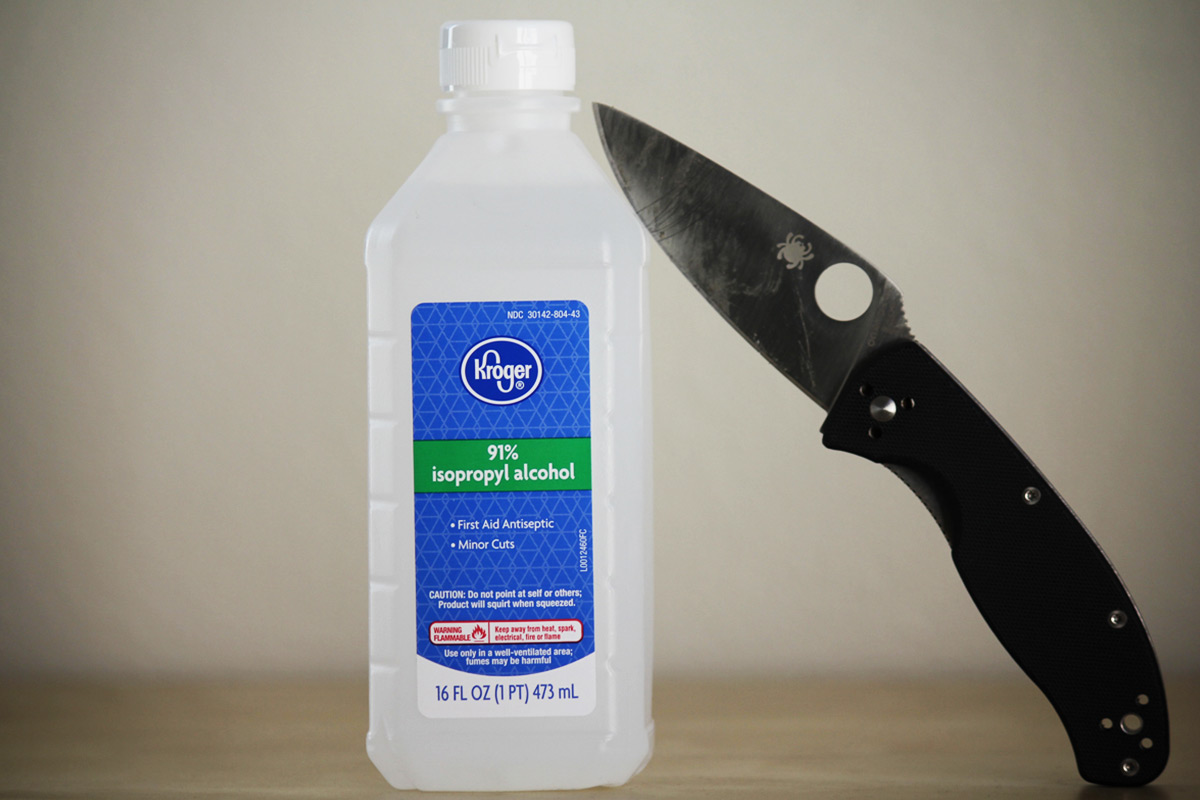
Credit: blog.knife-depot.com
Preparation Steps
Cleaning a folding knife properly ensures its longevity and functionality. Proper preparation is key to a thorough cleaning. Here, we will guide you through the essential steps for preparing to clean your folding knife.
Ensuring Safety First
Safety is crucial. Wear protective gloves to avoid cuts. Make sure the knife is not locked in the open position. This reduces the risk of accidental injuries. Work in a well-lit area to see clearly. Keep your workspace free of clutter.
Disassembling The Knife
Disassembling the knife makes cleaning easier. Check the knife’s manual for disassembly instructions. Use the appropriate tools to remove screws and parts. Place small parts in a container to avoid losing them. Be gentle to prevent damage to the knife components.
Cleaning The Blade
Cleaning the blade of your folding knife is essential for maintaining its performance and longevity. Regular cleaning prevents rust, removes debris, and ensures a sharp edge. Let’s dive into the steps for proper blade care.
Removing Debris And Residue
Start by opening the blade fully. Use a soft brush to remove any visible debris. Pay attention to the pivot area. Dirt often collects here. For sticky residue, a mild soap solution works well. Apply it with a soft cloth. Gently scrub until the residue is gone. Rinse the blade with warm water. Dry it thoroughly with a soft towel. Avoid leaving any moisture as it can cause rust.
Polishing Techniques
Once the blade is clean, polishing helps maintain its shine. Use a metal polish or a mixture of baking soda and water. Apply it with a microfiber cloth. Rub the polish in small circles. Focus on any dull or stained areas. After polishing, wipe the blade with a clean cloth. This removes any leftover polish. Your blade should now be clean and shiny, ready for its next use.
Cleaning The Handle
Keeping your folding knife in top condition is crucial for its longevity. The handle, often overlooked, needs special care. Regular cleaning maintains its grip and appearance. Let’s explore how to clean the handle of your folding knife effectively.
Materials And Methods
To clean the handle, gather the following materials:
- Soft cloth
- Warm soapy water
- Old toothbrush
- Rubbing alcohol
- Cotton swabs
Start by dipping the cloth in warm soapy water. Wipe down the handle to remove surface dirt. Use the toothbrush for stubborn grime, focusing on grooves and textured areas. For sticky residues, apply rubbing alcohol with a cotton swab. This helps dissolve tough spots without damaging the handle.
Restoring Grip And Appearance
A clean handle not only looks good but also provides a better grip. After cleaning, dry the handle thoroughly with a soft cloth. Check for any signs of wear or damage.
If the handle has lost its grip, consider applying a thin layer of mineral oil. This restores the handle’s texture. Be sure to wipe off any excess oil to avoid a slippery grip.
For handles made of wood, a light coat of furniture polish can enhance its appearance. Use a soft cloth to buff the wood, bringing out its natural shine.
By following these steps, you ensure your folding knife remains functional and attractive. Regular maintenance of the handle extends the life of your knife.
Lubricating The Knife
Keeping your folding knife in top condition involves regular maintenance. One crucial step is lubricating the knife. Proper lubrication ensures smooth operation and prevents rust. Let’s delve into the process of lubricating your folding knife.
Choosing The Right Lubricant
Not all lubricants are created equal. Selecting the right one is essential for your knife’s longevity. Opt for a lubricant specifically designed for knives or tools. These lubricants offer superior protection against moisture and wear.
| Lubricant Type | Benefits |
|---|---|
| Oil-Based | Reduces friction and prevents rust |
| Dry Lubricants | Leaves no residue, ideal for dusty environments |
Application Tips
Applying lubricant correctly maximizes its effectiveness. Follow these simple steps:
- Ensure the knife is clean and dry before applying lubricant.
- Use a small amount of lubricant. Too much can attract dirt.
- Apply the lubricant to the pivot area. This is where the blade rotates.
- Move the blade back and forth to distribute the lubricant evenly.
- Wipe away any excess lubricant with a clean cloth.
Using the right techniques and products can extend the life of your folding knife. Regular lubrication keeps it functioning smoothly and prevents damage.
Reassembling The Knife
Once you have cleaned your folding knife, it is essential to reassemble it correctly. The process might seem daunting, but with careful attention to detail, you can ensure that your knife functions smoothly. This section will guide you through the crucial steps for reassembling the knife, ensuring it works just as well as when you first bought it.
Correct Assembly Steps
Reassembling a folding knife requires precision. Follow these steps to get it right:
- Gather all the parts: Lay out all the disassembled parts on a clean surface.
- Start with the blade: Align the blade with the handle’s pivot hole.
- Insert the pivot pin: Carefully insert the pivot pin through the blade and handle.
- Add washers: Place washers on either side of the blade for smooth operation.
- Secure the handle: Screw in the handle scales or panels back into place.
- Tighten the screws: Ensure all screws are tightened but not overly tight.
Ensuring Proper Function
Once reassembled, check the knife for proper function:
- Open and close: Test the blade by opening and closing it several times.
- Check for blade play: Ensure there is no wobble in the blade.
- Adjust tension: If the blade is too tight or loose, adjust the pivot screw.
- Lubricate: Apply a few drops of knife oil to the pivot point for smooth operation.
- Final inspection: Ensure all parts are secure and the knife operates smoothly.
Proper reassembly ensures your folding knife is ready for use. Follow these steps for a well-functioning tool.
Routine Maintenance
Routine maintenance is essential to keep your folding knife in top shape. Regular cleaning prevents rust and ensures smooth operation. Let’s dive into the routine maintenance of a folding knife.
Frequency Of Cleaning
Clean your folding knife after each use. Dirt and debris can damage the blade. For light use, clean it once a week. For heavy use, clean it daily. Regular cleaning extends the knife’s lifespan.
Preventive Care Tips
Keep your knife dry. Moisture causes rust. Wipe the blade after use. Apply a light oil to the blade. This prevents corrosion. Store the knife in a dry place. Avoid keeping it in a damp environment. Check for loose screws. Tighten them as needed.

Credit: www.outdoorgearlab.com
Frequently Asked Questions
How Often Should You Clean A Folding Knife?
You should clean your folding knife after every use. Regular maintenance ensures longevity and performance. It’s especially important after cutting food or wet materials.
What Materials Are Needed To Clean A Folding Knife?
To clean a folding knife, you’ll need warm water, mild soap, a soft cloth, and a small brush. Lubricant is also recommended.
Can You Use Water To Clean A Folding Knife?
Yes, you can use water to clean a folding knife. Ensure you dry it thoroughly afterward to prevent rust and corrosion.
How Do You Prevent Rust On A Folding Knife?
To prevent rust, clean your knife regularly and dry it thoroughly. Apply a thin layer of lubricant to metal parts.
Conclusion
Cleaning your folding knife is essential for its longevity. Regular maintenance ensures smooth operation. Use mild soap, warm water, and a soft brush. Dry thoroughly to prevent rust. Apply a light oil to keep it lubricated. Store in a dry place.
A clean knife is safer and more effective. Follow these steps for a reliable tool. Remember, a little care goes a long way. Enjoy your clean, sharp knife!

